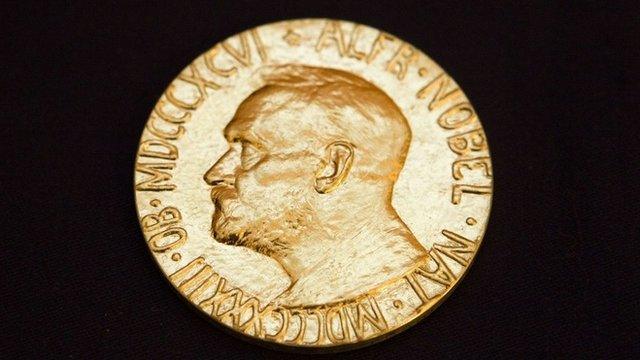Dr Donna Strickland and six other amazing female pioneers in science
- Published
- comments
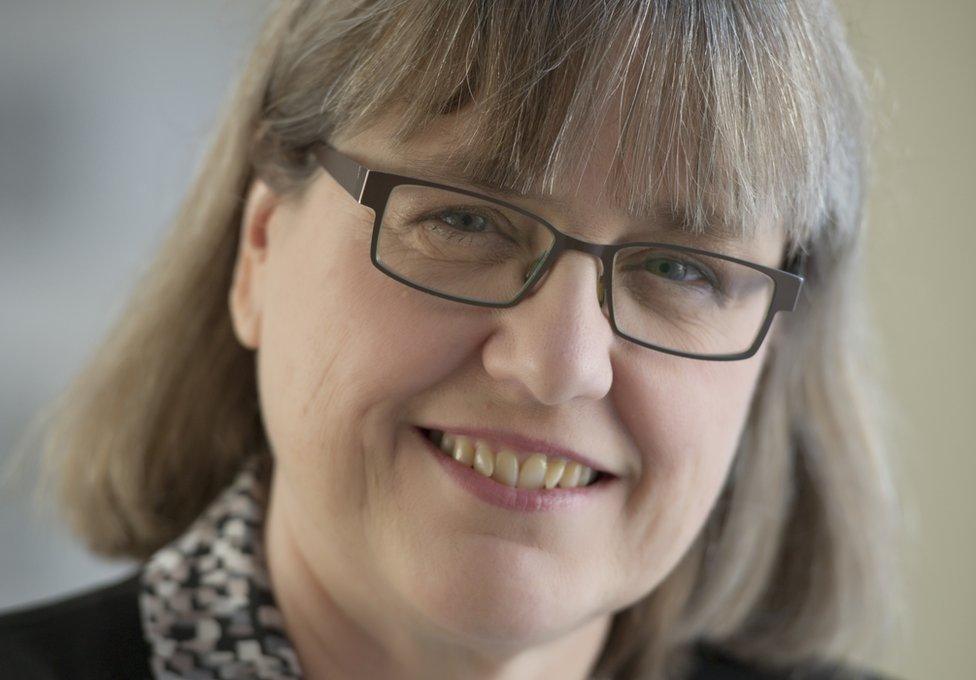
Dr Strickland shared the prize for discoveries in laser physics
The Nobel Prize in Physics has been awarded to a woman for the first time in 55 years.
Donna Strickland, from Canada, is only the third female winner of the award, along with Marie Curie, who won in 1903, and Maria Goeppert-Mayer, who was awarded the prize in 1963.
The Nobel Prize is given out every year to people or organisations who have achieved amazing things in different areas such as medicine, science and economics.
Dr Strickland shares this year's prize with Arthur Ashkin, from the US, and Gerard Mourou, from France.
It recognises their discoveries in the field of laser physics.
Read on to find out more about six other trailblazing women who have changed the world.
Marie Curie: First double Nobel laureate
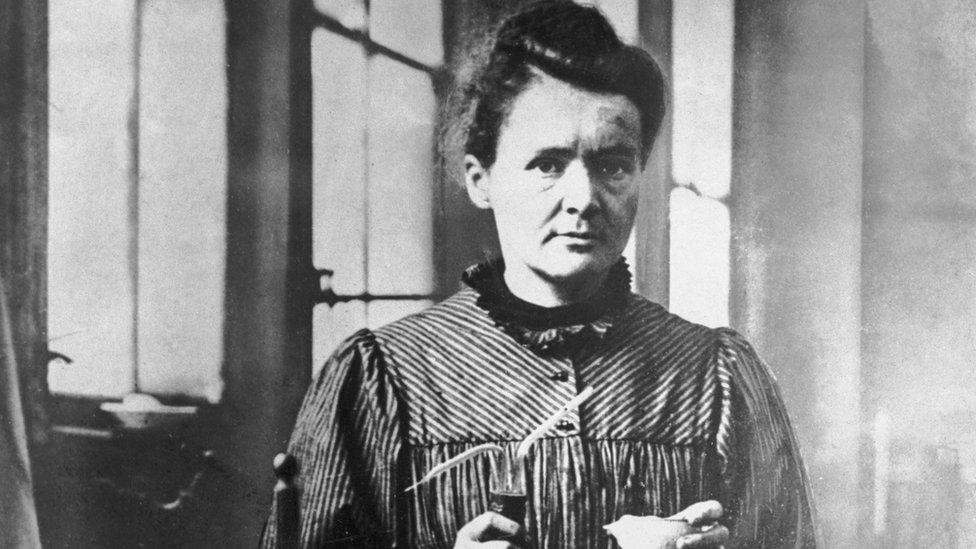
Marie Curie was a Polish scientist - and is probably one of the most famous scientists of all time. She was born in the Polish city of Warsaw, but later moved to France where she made an incredible discovery which would change the world.
In France, she met her husband - a man called Pierre, who was also a scientist. Together, they built on work done by previous scientists and made discoveries which would earn them a Nobel Prize in 1903.
As if that wasn't enough, Marie went on to win another Nobel Prize in 1911. She was the first woman in history to win it.
So what was this amazing work? Well, the Curies made ground-breaking discoveries about something called radioactivity. Radioactivity happens when certain special chemical elements give off energetic particles when a part of them called their nucleus breaks down.
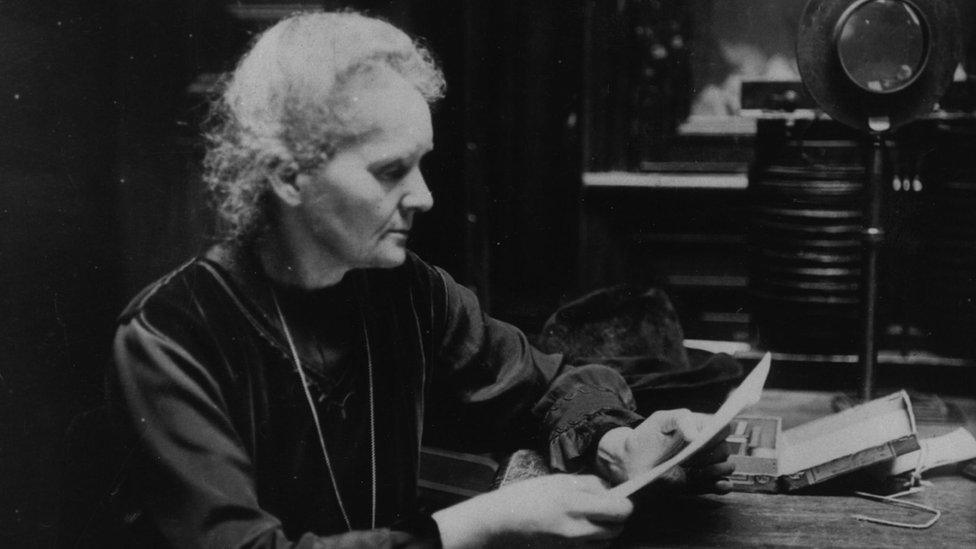
This all sounds rather technical, but through this work, the Curies announced the discovery of two new chemical elements - polonium and radium.
And why was that so important? Well, first of all, their work was used to develop something called radiotherapy, which is used to treat certain illnesses.
These discoveries were also really important in developing X-rays, which are vital in hospitals today. It also meant that during World War One, Curie was able to develop a portable X-ray unit that could be used near the battlefront.
So if you ever find yourself in hospital having an X-ray, you now know who you should be thanking.
Peggy Whitson: First science officer aboard the International Space Station

When Peggy Whitson was in her senior year of high school, Nasa selected its first female astronauts.
The dream that had begun watching the Moon landings suddenly seemed like a reality - Peggy was going to be an astronaut too.
Growing up in a rural farm community in Iowa, she wasn't exactly sure what that would involve, but she pursued her love of biology and chemistry to gain a PhD.
Scientists remain a minority among astronauts, with many coming from a military background, but in 1996 Peggy was selected as an astronaut candidate.
WATCH: Five reasons why Peggy Whitson is amazing
During her first flight to the International Space Station (ISS) in 2002, Peggy was named the first science officer aboard the ISS.
There was, she says, a "cool factor" in sharing this job title with Star Trek's Mr Spock.
As a scientist, the ISS gives Peggy a unique research environment that doesn't exist anywhere else.
Aboard the space station, she has worked on experiments to grow crops and investigate potential cancer treatments.
Marie Tharp: Mapping the ocean floor
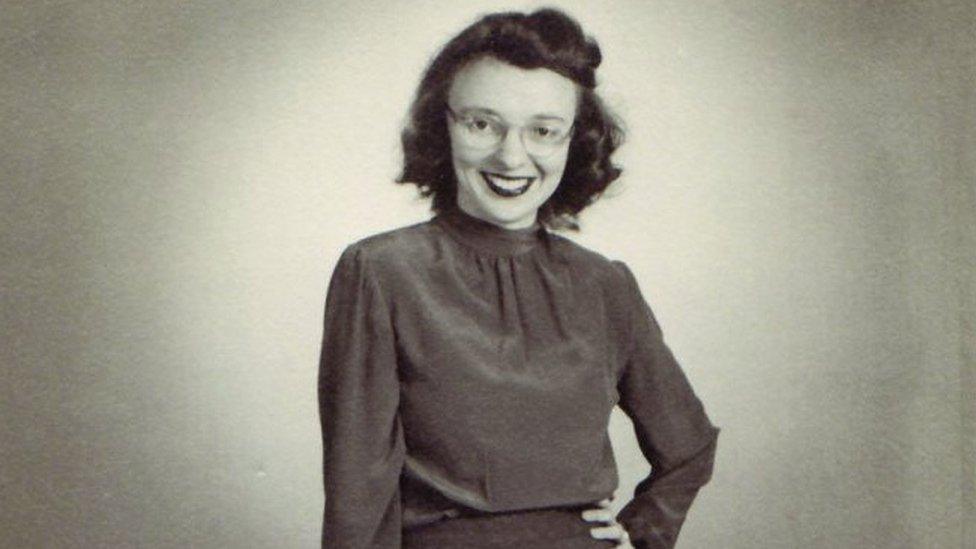
In 1953, Marie Tharp became the first scientist to map the floor of the Atlantic Ocean.
A geologist and oceanographic cartographer, Tharp's discovery of a rift valley running down the centre of the ocean floor was key in proving that the Earth's surface was made up of tectonic plates.
Initially, her discovery was dismissed as "girl talk" by her research partner Bruce Heezen.
As women were not allowed on research vessels, Tharp would draw maps from data that Heezen brought back from expeditions.
Despite her groundbreaking contributions, Tharp remains almost unknown, with Heezen credited for much of their joint work.
But she ruled out any feelings of resentment and recognised the importance of documenting mid-Atlantic Ridge.
"You could only do that once. You can't find anything bigger than that, at least on this planet."
Wanda Diaz-Merced: Making astronomy accessible

Astrophysicist Wanda Diaz-Merced began to see spots when she was a student at the University of Puerto Rico.
She would soon lose her vision altogether due to a condition, but she was determined not to change her chosen career.
A Nasa internship gave Diaz-Merced the opportunity to work with a method called data sonification. This translated the satellite information from stars that she was studying into sound waves, instead of visual graphs - on which astronomers usually rely heavily.
She would go on to develop this software further, making it possible for astrophysicists to more accurately interpret their data, and making the field accessible to a range of researchers who had previously been left out.
Diaz-Merced currently works with the South African Office of Astronomy for Development, opening up the world of astronomy to a generation of blind students.
"For my field of astronomy, which I really love, I want no segregation," she told the BBC. " I want people to have equal opportunities to display their talents."
Soyeon Yi: First South Korean astronaut
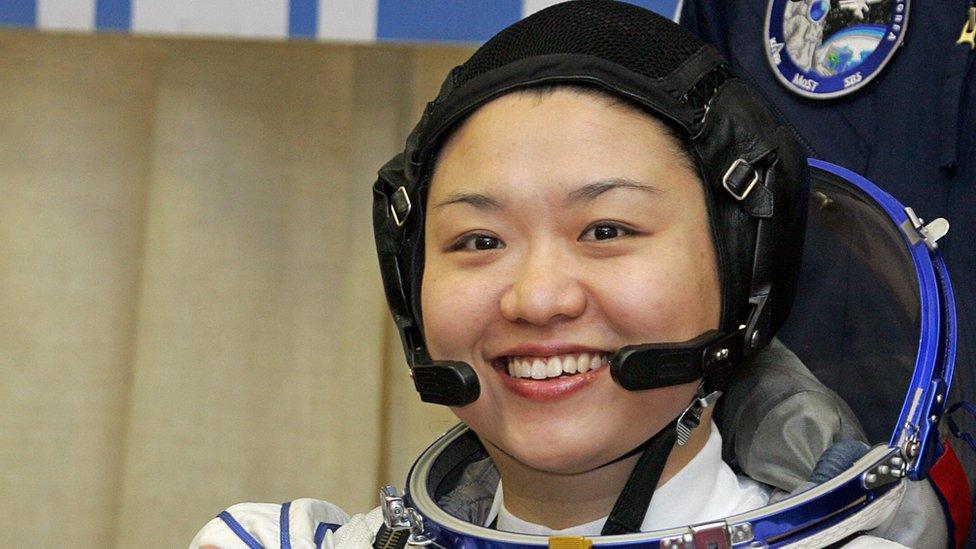
In 2008, Soyeon Yi made history by being the first astronaut from South Korea, having competed against 36,000 other candidates to win her spot.
"It's not typical to be the first in history for females," said Yi, confident her success would inspire more women to enter the world of science.
When Yi looked down at Earth from space, she said she felt grateful the opportunities she got in life and for the "beautiful gift" of our planet.
Rajaa Cherkaoui El Moursli: Key role in Higgs boson discovery

Growing up, nuclear physicist Rajaa Cherkaoui El Moursli read Marie Curie's biography several times and Curie's achievements drove El Moursli in her education.
She had to overcome a number of obstacles to pursue her career in science.
"The first challenge was to convince my father to allow me to go to France, to Grenoble, for graduate studies," she said.
"At that time, Moroccan society was still quite conservative and most girls didn't leave home until they got married."
She's won awards for her role in proving the existence of the Higgs boson - the particle responsible for the creation of mass in the universe.
She's also responsible for setting up the first masters degree in medical physics in Morocco.
- Published7 March 2023
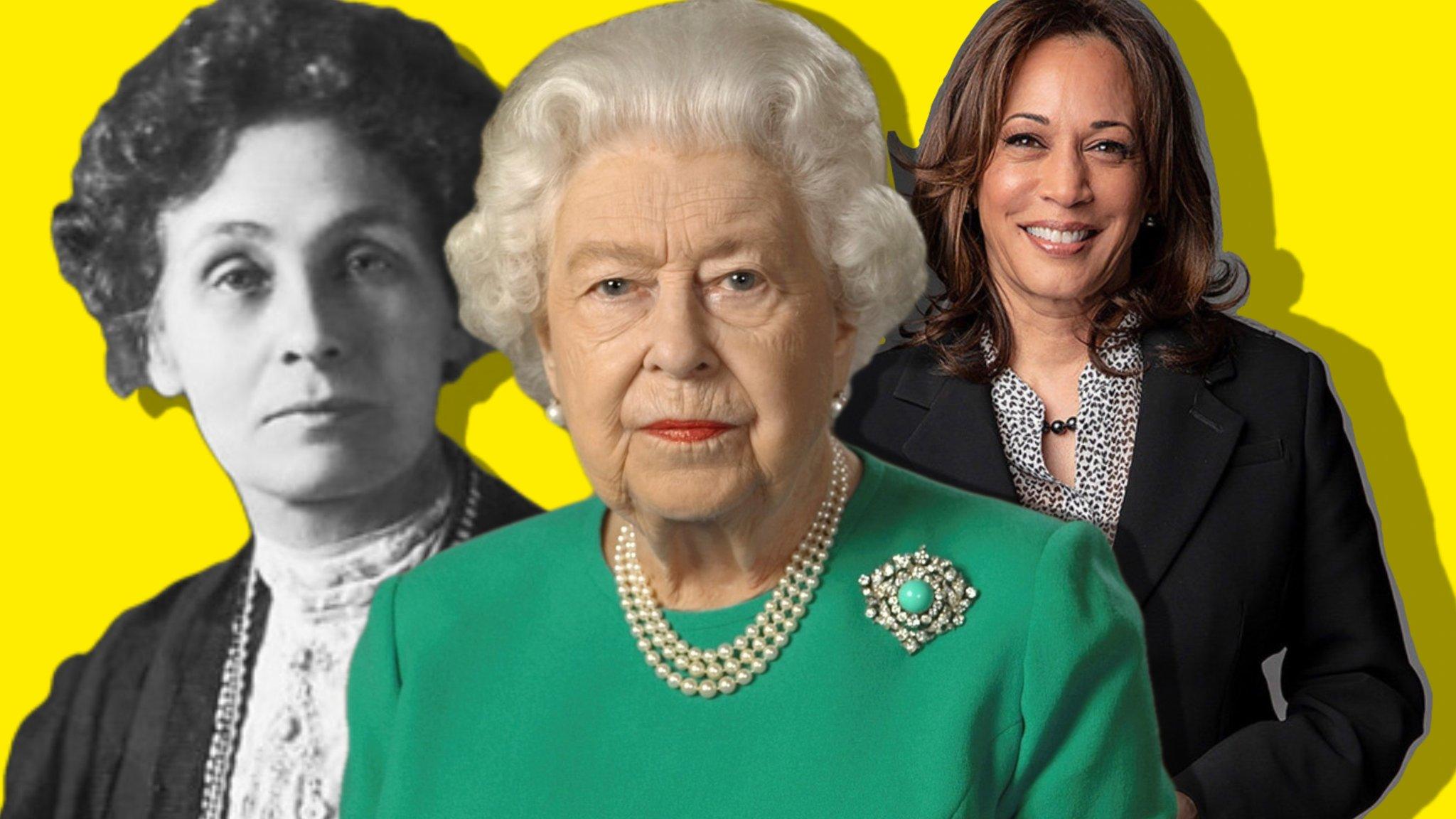
- Published26 September 2023
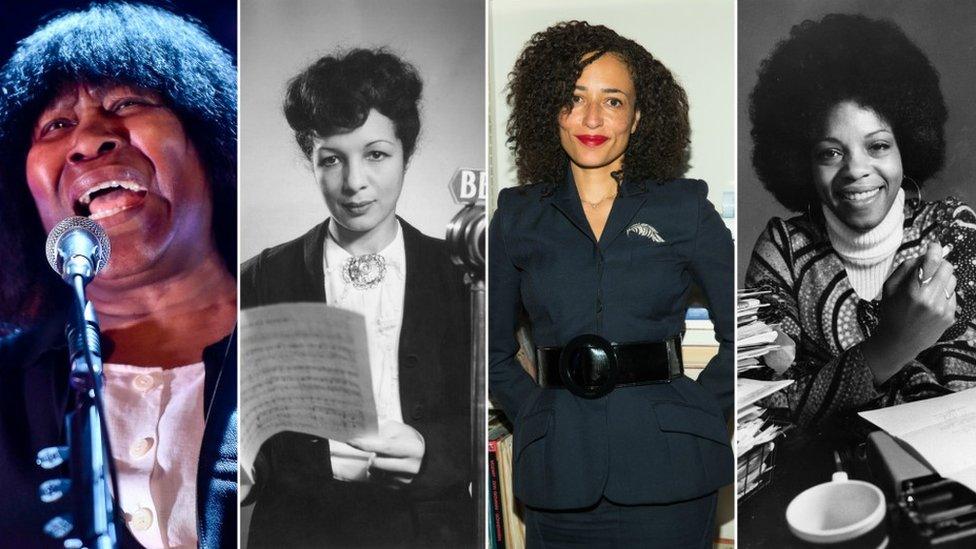
- Published7 October 2014
